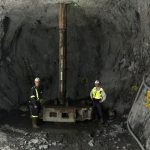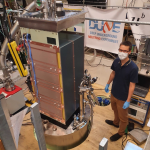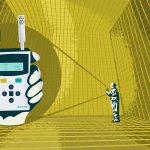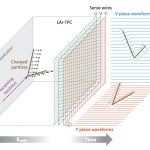From Science News Online, August 5, 2021: Science writer Emily Conover explores the fascinating world of neutrino detectors that make the invisible world of particles visible. Read more about how neutrino detectors have evolved with insights Fermilab’s Jennifer Raaf and Sam Zeller.
neutrino
From Sanford Lab, July 2021: Explore all the Neutrino Day events July 9-10 to talk with scientists, participate in interactive activities, experience weird science demonstrations, take virtual tours of the underground, and visit the art gallery and library—all in real time! Use the free and simple platform, Gather.town, to virtually go to Neutrino Day town where you can enjoy the events and interact with others as you would in real life.
From Sanford Lab, July 6, 2021: Celebrate Neutrino Day with SURF’s Star Chronicles on Friday, July 9, and Saturday, July 10. See the line-up of virtual events streaming through Gather.town, a free and simple platform, where attendees can explore the events and interact with others as they would in real life.
From the Black Hills Pioneer, June 20, 2021: The former Homestake Gold Mine was the largest and deepest in the western hemisphere and today it is the largest science project attempted on U.S. soil. The LBNF/DUNE includes a collaboration of more than 1,300 scientists from 32 countries. Read more about the significant impacts LBNF/DUNE is having on South Dakota.
From Science Magazine (UK), June 9, 2021: Brookhaven scientists have developed new ways for the MicroBooNE detector at Fermilab to filter out cosmic ray tracks to pinpoint elusive neutrino interactions with unprecedented clarity.





